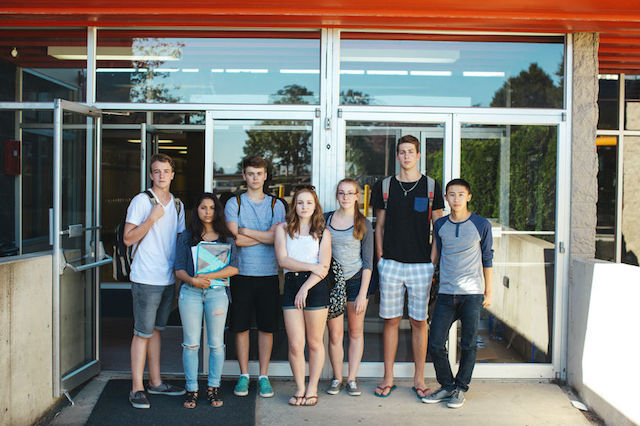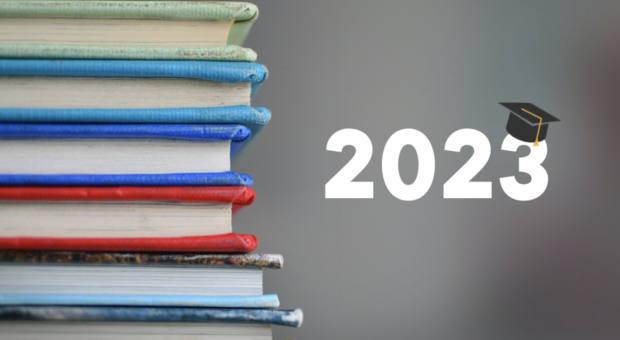
Conversion Rate Optimization (CRO) is one of the biggest opportunities in higher education digital marketing to convert visitors into applicants and applicants into committed students.
[If you’d like to learn more about CRO, check out VONT’s video “What is CRO?”]
Paid search accounts for 1%-2% of higher education website traffic, yet drives 20%-30% of website leads. So, it’s no wonder that most schools understand the need for optimizing their paid search landing page.
However, not as many schools grasp the importance of optimizing the rest of their site pages.
Just imagine if you could generate more leads from the other 98% of your website traffic. While you will likely never match the conversion rate (CR) of paid search, increasing the overall CR on your site – even slightly – can make a significant difference in the number of inquiries, applicants, and committed students your school receives.
SEO vs CRO
There’s a big difference between SEO and CRO, and it begins with the objectives of each.
The purpose of SEO is to increase the volume and quality of traffic from search engines to your page. Conversion Rate Optimization (CRO), on the other hand, is concerned with getting people to act after they have arrived on your website or landing page.
The goal of CRO is to improve the effectiveness of your page in order to boost conversions with the same amount of traffic you are already receiving.
CRO is an evolving art involving choosing the right conversion action, page layout, benefit copy, compelling graphics, clear CTA, and easy way for visitors to share basic contact information in exchange for the conversion offer whether it’s a viewbook, fact sheet, or promise to be in touch.
Three types of landing pages for CRO
There are basically three types of landing pages for CRO:
- important website landing pages (particularly program pages)
- stand-alone landing pages for direct response campaigns (e.g. paid search)
- hybrid pages (website landing pages that have been optimized to convert visitors from both general site traffic and direct response campaigns)
The CRO goal for each type of page is to optimize the correct page elements based on the primary conversion action for that landing page in order to improve its effectiveness.
In other words, improve the number of visitors who are converted into leads, applicants, or even committed students by making page elements such as headlines, copy, forms, graphics, page layouts, and calls-to-action work for you.
A landing page with four parts
When thinking about CRO for higher education, it’s important to remember that your landing page is really composed of four parts:
- a desktop version of the landing page
- a mobile version of the landing page
- a desktop version of the thank you page
- a mobile version of the thank you page
Therefore, all four parts of the landing page need to be optimized.
It may be clear to you why you need to optimize the landing page itself, but the thank you pages? Not so much.
Thank you pages present you with an opportunity to optimize for a second conversion action. All that means is that you can introduce another conversion action (such as a link to your full website, a chat function or direct line to an admissions advisor, or link to bonus content) that will encourage additional interaction with you or your site.
And more interaction means you have another chance to turn inquiries into applicants and applicants into committed students. That’s why your thank you pages need to be part of your CRO strategy as well.
Improving your conversion rates
Steps to take to help you optimize your landing and thank you pages:
- Write clear, concise, compelling headlines
- Use bullet points or highly visual content to make information easily digestible
- Select the appropriate number and type of form fields
- Remove navigation and all links to school’s main site (for standalone landing pages)
- Include a relevant image, GIF, or short video
- Add testimonials when relevant
- Use higher education awards and recognitions to build credibility
Your Take Away: CRO increases CR
The bottom line is that increasing the overall conversion rate on your higher education site – even slightly – can make a significant difference in the number of inquiries, applicants, and committed students your institution receives. Optimizing landing pages for paid search campaigns almost always increases the effectiveness of paid traffic with better conversion results & lower lead costs. Optimizing other site landing pages – particularly program pages – can improve both conversions and organic search visibility for key website pages by creating more engagement, better search engine result pages click-thru-rates (SERP CTRs), reduced bounce rates, and more time on page.
About VONT Performance Digital Marketing
At VONT we believe that change is the only constant in the digital world – and that excites us. Over the years, digital marketing has played an ever-growing role in higher education recruitment. From lead generation for inquiries, campus visits, and applications to increasing brand awareness and student yield – digital marketing and ongoing optimizations can have a significant impact on the objectives that confront today’s higher ed marketer.
We believe in this idea of continual fine-tuning so much that we named our company VONT, which means to achieve exponential improvement in incremental steps. It is our core belief, and the reason why we are not simply a web design company or simply a digital advertising agency, but rather a long-term, single source partner providing a comprehensive array of web development and digital marketing capabilities for higher education clients.
In short, we’re here so that our clients achieve success in the ever-changing digital world. If you’d like to learn more about VONT and the work we’ve done with our higher education clients, visit our Work page. Or, if you have a question, contact us. We’ll get right back to you!

